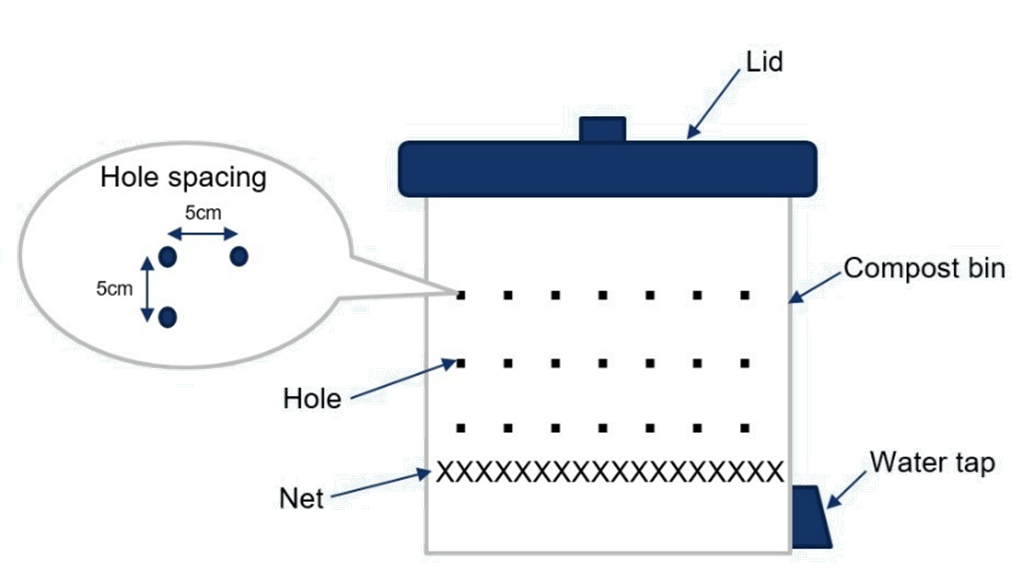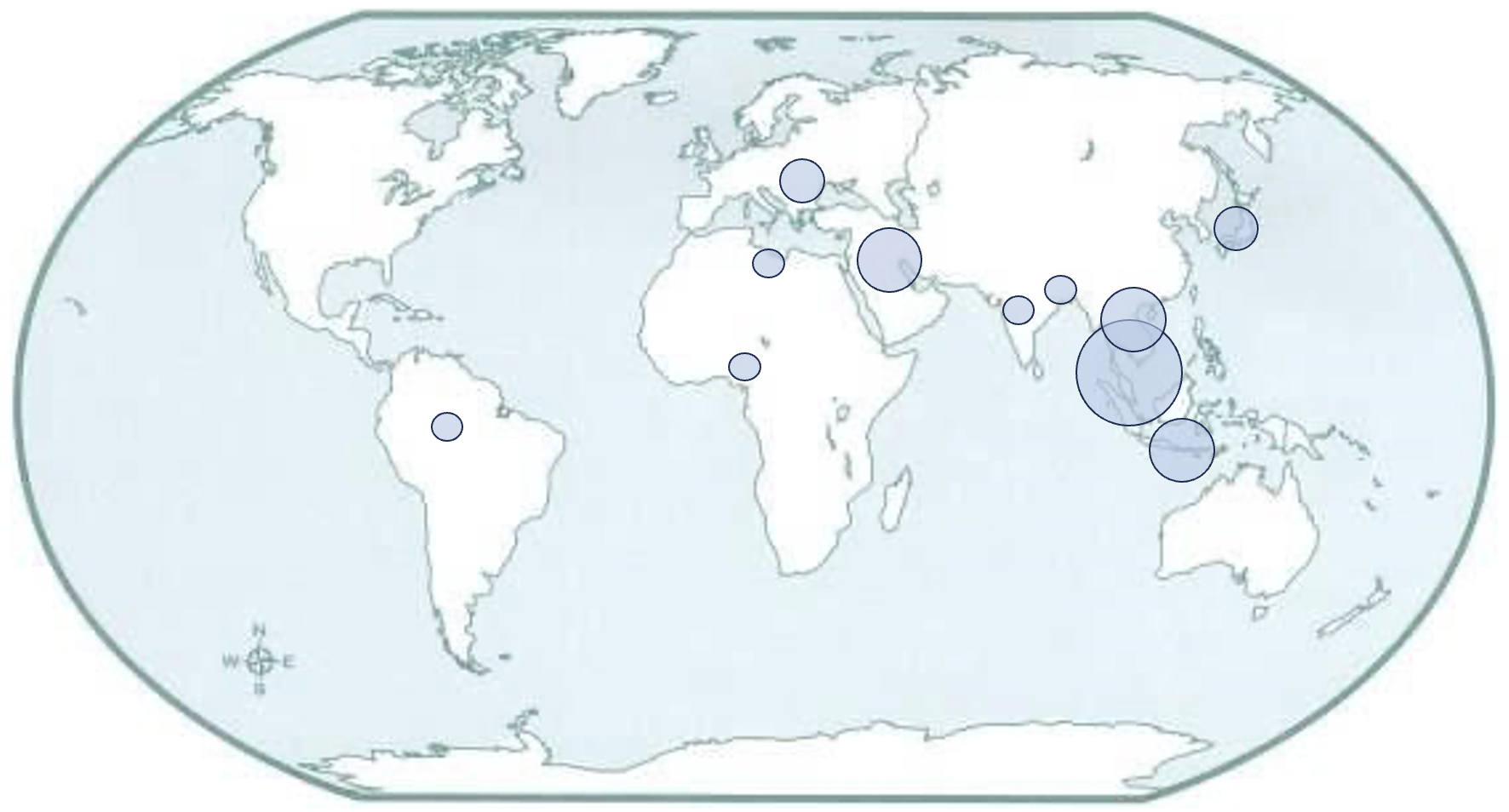The Influence of Compost Bin Volume and Effective Microorganisms (EM) Quantity for Efficient Food Waste Composting
DOI:
https://doi.org/10.37934/armne.16.1.7084Keywords:
Food waste, effective microorganisms (EM), composting, temperature, pH, nutrient contentAbstract
The utilization of effective microorganisms (EM) in composting has gained substantial prominence since this additional microorganism is believed to overcome natural composting issues, such as slow decomposition and odour generation. However, a lack of awareness and education about proper composting practices involving EM can result in errors that diminish the decomposition process's effectiveness. Thus, this study aims to enhance the decomposition process's efficiency with emphasis on the balance between EM and food waste, as well as the void space within the compost bin. The investigation employed a varying EM quantity ranging from 20 to 100 ml and compost bin volumes of 6, 9, and 21 L. The food waste is mixed with 60% of the volume of each compost bin. The parameters assessed during the composting process include temperature and pH profile. Additionally, the mature sample after 20 days was then examined through the organic matter (OM), total organic carbon (TOC), and nutrient content, including nitrogen (N), phosphorus (P) and potassium (K). A series of controlled experiments found that the 21L compost bin possessing over 65 % free space reached a thermophilic temperature of 51.5oC within a remarkably brief one-day period and attained maturity within seven days, accompanied by a pH level of 7.4. Conversely, the 6L and 9L compost bins did not progress into the thermophilic phase or reach maturity during the seven-day observation period. The findings also indicate that the optimal quantity of EM required to decompose 600 grams of food waste exceeds 80 mL. They reached thermophilic temperature within eight days. These conditions fostered an environment conducive to accelerated decomposition and nutrient preservation. Notably, the final compost produced from these settings met established criteria for high-quality organic compost. This paper provides practical insights into achieving optimal conditions for EM application, thereby maximizing its effectiveness in food waste composting at source. Beyond the technical aspects, the research gives the broader social and environmental effects of home food waste composting, including its contribution to reducing landfill waste, greenhouse gas emissions, and community engagement.









